Do you have any suggestions for a suitable substitute for this glutinous rice? It’s easy to forget that many other types of rice may be used in place of glutinous rice if the latter is unavailable.
The Best Substitutes for Glutinous Rice Are Jasmine Rice, Sushi Rice, Arborio Rice, and White Rice. Keep Reading because I collect a list of 8 Best Glutinous Rice Substitutes.
What is Glutinous Rice?
Before searching for glutinous rice substitutes, you need first to know what is exactly glutinous rice? In addition to being known as sweet or glutinous rice, there is a variety of rice that has the characteristic of being naturally sticky on its own.
The term “glutinous” refers to something that is sticky, and the grain of this particular kind of rice will become adhered to one another throughout the cooking process, which is why it is categorized as “glutinous.”
What Does Glutinous Rice Taste Like? Glutinous Rice possesses a particular flavor that is noticeably sweeter than the flavor of other varieties of rice. However, even if it has a trace of sweetness, the sweet taste will not be enough to overshadow the flavor of the meal that will be served with it. Even if it has a hint of sweetness.
What Is The Difference Between Glutinous Rice And Normal Rice? The difference between glutinous rice and other types of rice, such as normal rice, is that glutinous rice only has one component of starch known as amylopectin, whereas other types of rice have both of the molecules that make up starch, known respectively as amylose and amylopectin.
Best Glutinous Rice Substitutes
Here is List of the best Glutinous Rice Substitutes that you can use in any recipes:
1. Sushi Rice
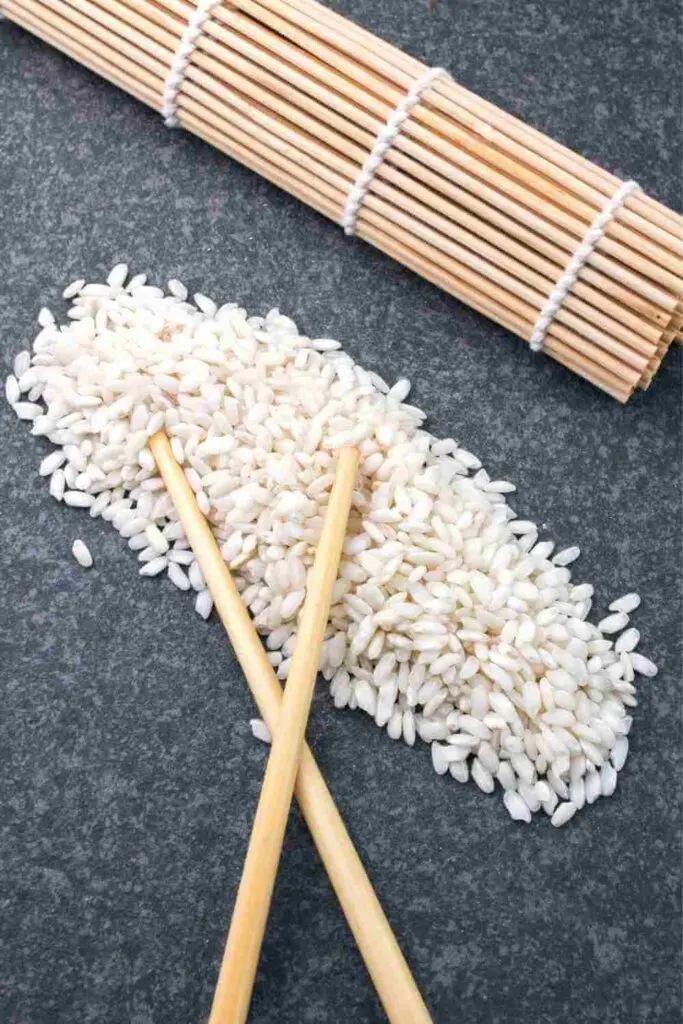
Substituting sushi rice with glutinous rice is a great idea. The small grain and high starch content of this sushi rice make it an excellent substitute.
When cooked, it becomes highly sticky and is a key ingredient in traditional Japanese cuisine.
In order to create sushi at home, Japanese sushi rice is what you need.
Keep in mind that this sort of rice tends to lose its form easily, so it goes well with meats and seafood that come with sauces that may be incorporated into the rice.
2. Jasmine Rice
If you can’t get glutinous rice, you may use jasmine rice as an excellent substitute; it will impart the same sticky feel to your dish.
The steamed dumplings, fried rice, and congee are just a few of the many Asian meals that might benefit from this ingredient.
It’s vital to use enough water while cooking jasmine so that the finished product is moist and slightly sticky. Also, cook Jasmine rice at low heat so that the grains don’t break and the rice turns out mushy.
Most grocery shops stock jasmine rice and the greatest part is that it’s cheap. This variety of rice is versatile enough to be used in sweet preparations like glutinous rice pudding or as a straightforward side dish to complement your favorite meat meal.
3. Arborio Rice
Similarly, if you’re looking for a Glutinous Rice Substitute that retains its stickiness after cooking, Arborio rice is a good option.
Risotto rice is distinctive for its many depressions and spherical form.
The Italian dish risotto calls for a special kind of rice called arborio.
If you’re searching for something with a somewhat chewy texture, cooked Arborio rice is a nice alternative.
If you’re searching for something with a somewhat chewy texture, cooked Arborio rice is a nice alternative.
The nicest part about this rice is that it can be served with anything from meat to seafood.
Paella and risotto are just two of the dishes that might benefit from this ingredient.
Arborio rice takes a matter of minutes to prepare,
The key is to use the right amount of liquid and a low heat setting while cooking.
4. White Rice
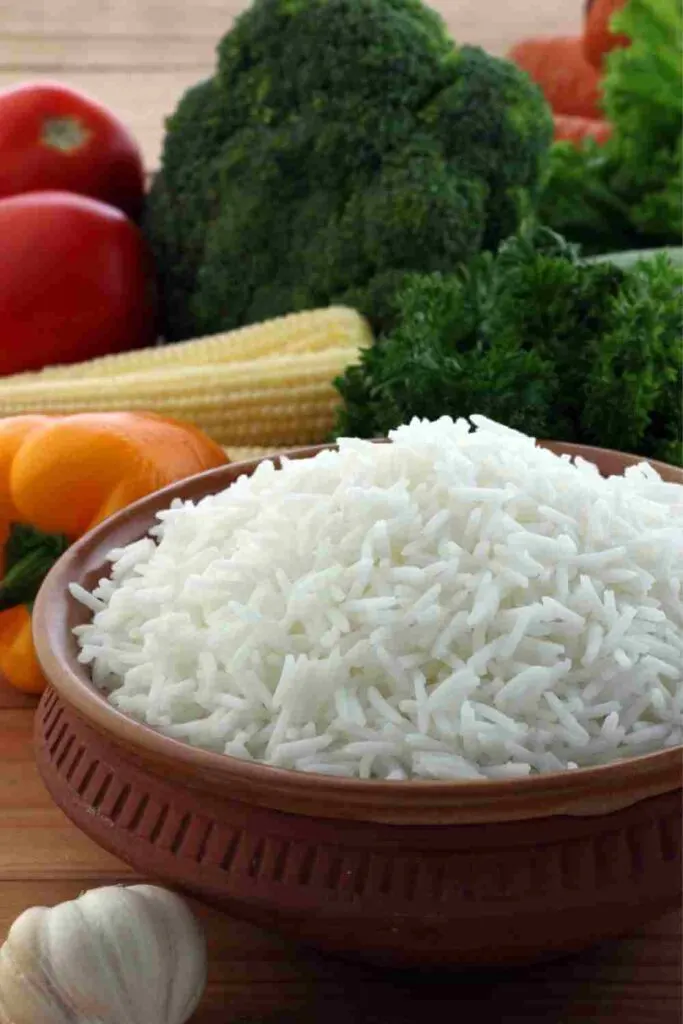
If you don’t have access to glutinous rice, white rice is a fine substitute-in. While white rice has many health benefits, it lacks the sticky consistency of brown rice. This rice is less fibrous than brown rice, therefore it digests more quickly.
When cooked, it’s also quite fluffy and light. Long-grain, basmati, steaming, wild, jasmine, and sticky medium-grain white rice like Calrose are just a few of the varieties available.
White rice requires specific boiling water. Most people make the mistake of adding too much, and the food becomes mushy and unappetizing.
5. Cauliflower Rice
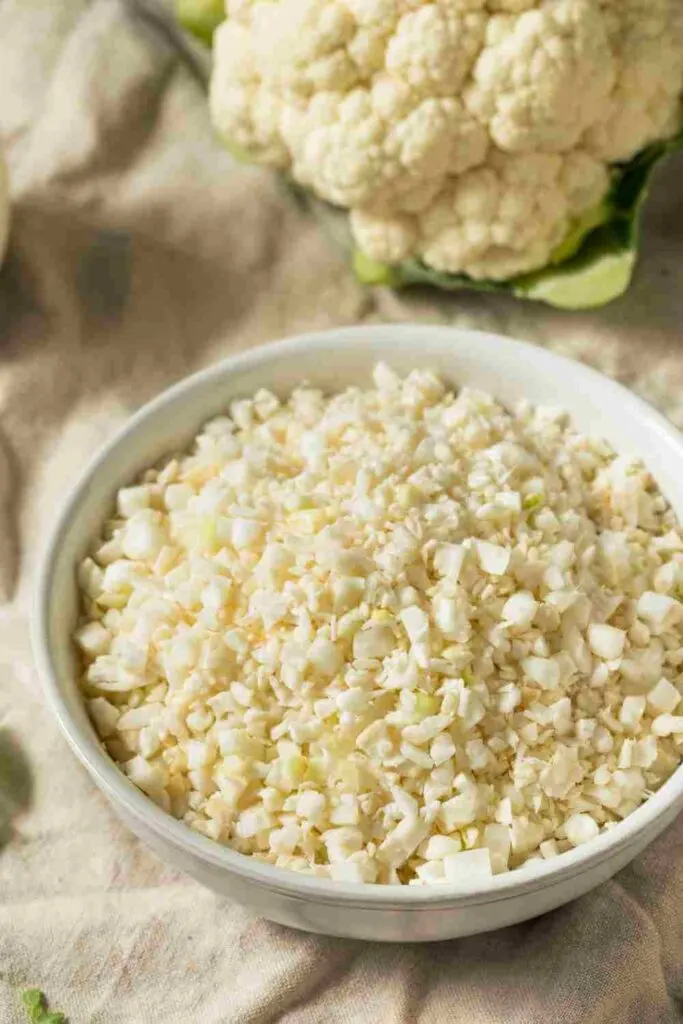
Cauliflower “rice” is a great low-carb substitute for traditional Glutinous rice. And it’s a healthy option.
Because it is made with nutritious cauliflower. When it comes to vitamin C, which is essential for warding off colds, just one cup of raw cauliflower provides 77% of your daily need.
It’s a great way to get the vitamin K your body needs to properly coagulate your blood, too. Also, it’s the ideal diet meal because it has only 25 calories.
Cauliflower rice is now available in pre-packaged forms. But you can save a lot of money and guarantee the freshness of your cauliflower rice by cooking it yourself.
6. Broccoli Rice
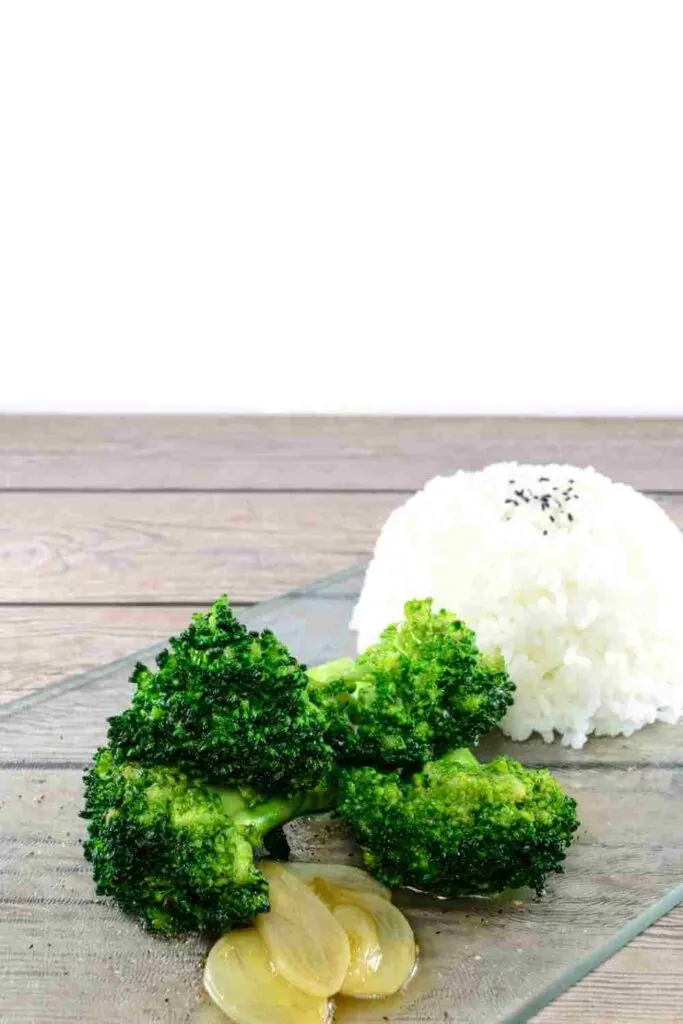
When looking for a low-carb substitute for Glutinous rice, broccoli rice is a fantastic choice. Just 1.36g of net carbohydrates may be found in a cup of broccoli rice.
Plus, it’s great if you’re trying to monitor your calorie intake because each serving has only 37 calories. As you might expect from anything prepared with broccoli, it’s also quite healthy.
It includes calcium and more than 100 percent of your daily vitamin C need.
Prepare broccoli rice by chopping the broccoli into small pieces. Then, chop up your broccoli and pulse it in a food processor until it resembles rice.
Toss some broccoli rice into your next stir-fry. Since it is high in fiber, it may be used to make thicker sauces and other liquid dishes.
7. Rutabaga Rice
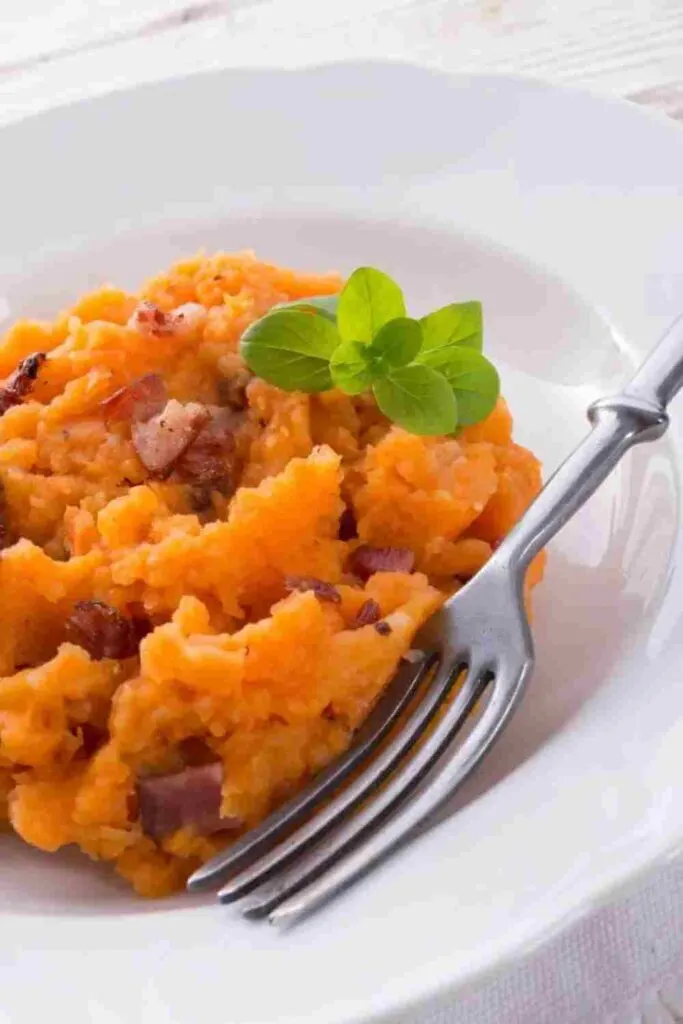
You might use some low-carb alternatives to Glutinous rice, and I have several suggestions. Put rutabaga rice to the test.
The Rutabaga vegetable is processed into a “rice” substitute. Root vegetable rutabaga is lower in carbohydrates than its potato counterpart.
One cup of raw rutabaga has just 7.9 grams of net carbohydrates. When compared to the price of white rice, that is a deal.
With only 50 calories, it’s a great option for those trying to control their weight.
It’s also rich in vitamin C, which is essential for good health. Manganese and potassium are both beneficial to bone health, and potassium helps decrease blood pressure.
8. Butternut Squash Rice
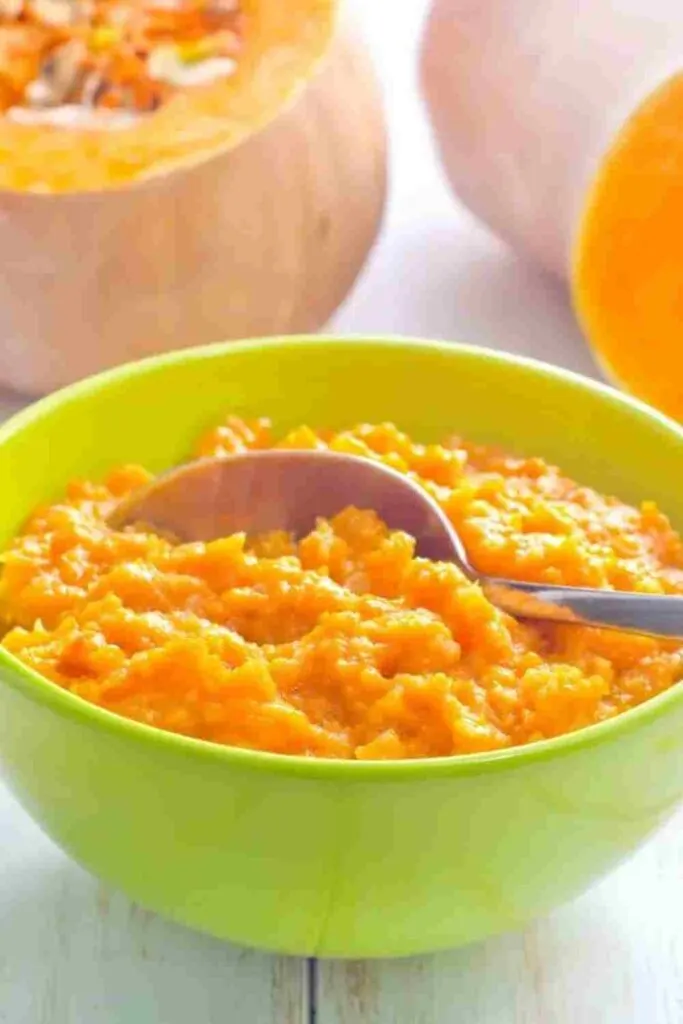
When it comes to food, do you like sweet or savory? Then you must try the rice cooked with butternut squash.
Now, in comparison to some of the other vegetables that may be used to manufacture “rice,” it has a higher carbohydrate content. However, the food is rather healthy.
Minerals like manganese and magnesium, which are essential for bone health, may be found in high concentrations there. Because of its high potassium content, it is also useful for controlling blood pressure.
Simply dicing a butternut squash will yield rice-like grains. When finished, place them in a food processor and pulse until they resemble rice in consistency.
Your “rice” may be used to create delicious fried rice and pretty casseroles.
